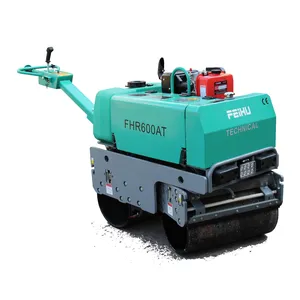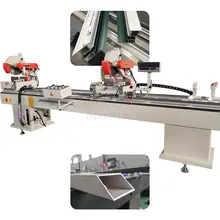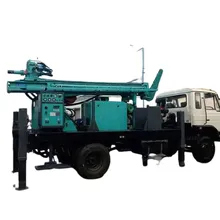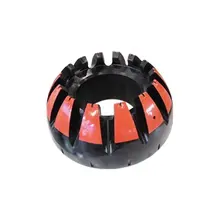Introduction to Walk Behind Vibratory Rollers
Walk behind vibratory rollers are essential tools in the construction and roadwork industries, designed for compacting surfaces to create a level foundation. These machines are pivotal for small to medium-sized compaction tasks, offering precision and ease of maneuverability in tight spaces where larger rollers cannot operate effectively.
Types and Applications
The variety of walk behind vibratory rollers caters to diverse applications. Single-drum rollers are typically used for smaller areas and can handle soil, gravel, and asphalt compaction. In contrast, double-drum rollers provide a more uniform compaction force, ideal for sidewalks, bike paths, and driveways. Tandem drum models are also available, enhancing efficiency for larger scale projects.
Operational Features
When selecting a walk behind vibratory roller, operational features are crucial. The centrifugal force and vibration frequency determine the compaction power, while the water tank capacity is essential for asphalt compaction to prevent sticking. Ergonomic design ensures operator comfort and productivity during extended use.
Construction and Materials
The construction of walk behind vibratory rollers involves robust materials that withstand heavy use and harsh environments. The drums are typically made from high-grade steel, ensuring durability and longevity. The body construction also features heavy-duty components to support the vibratory mechanisms and provide stability during operation.
Advantages of Using Walk Behind Vibratory Rollers
Utilizing a walk behind vibratory roller offers several advantages, including increased compaction efficiency and the ability to navigate narrow spaces. These rollers also provide a more cost-effective solution for small to medium projects, reducing the need for larger, more expensive machinery.
Selecting the Right Model
Choosing the right walk behind vibratory roller requires understanding the specific needs of your project. Consider the compaction width, the type of material being compacted, and the desired compaction depth. It's important to select a model that aligns with the project's requirements to ensure optimal performance and results.

































 浙公网安备 33010002000092号
浙公网安备 33010002000092号 浙B2-20120091-4
浙B2-20120091-4